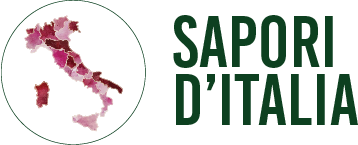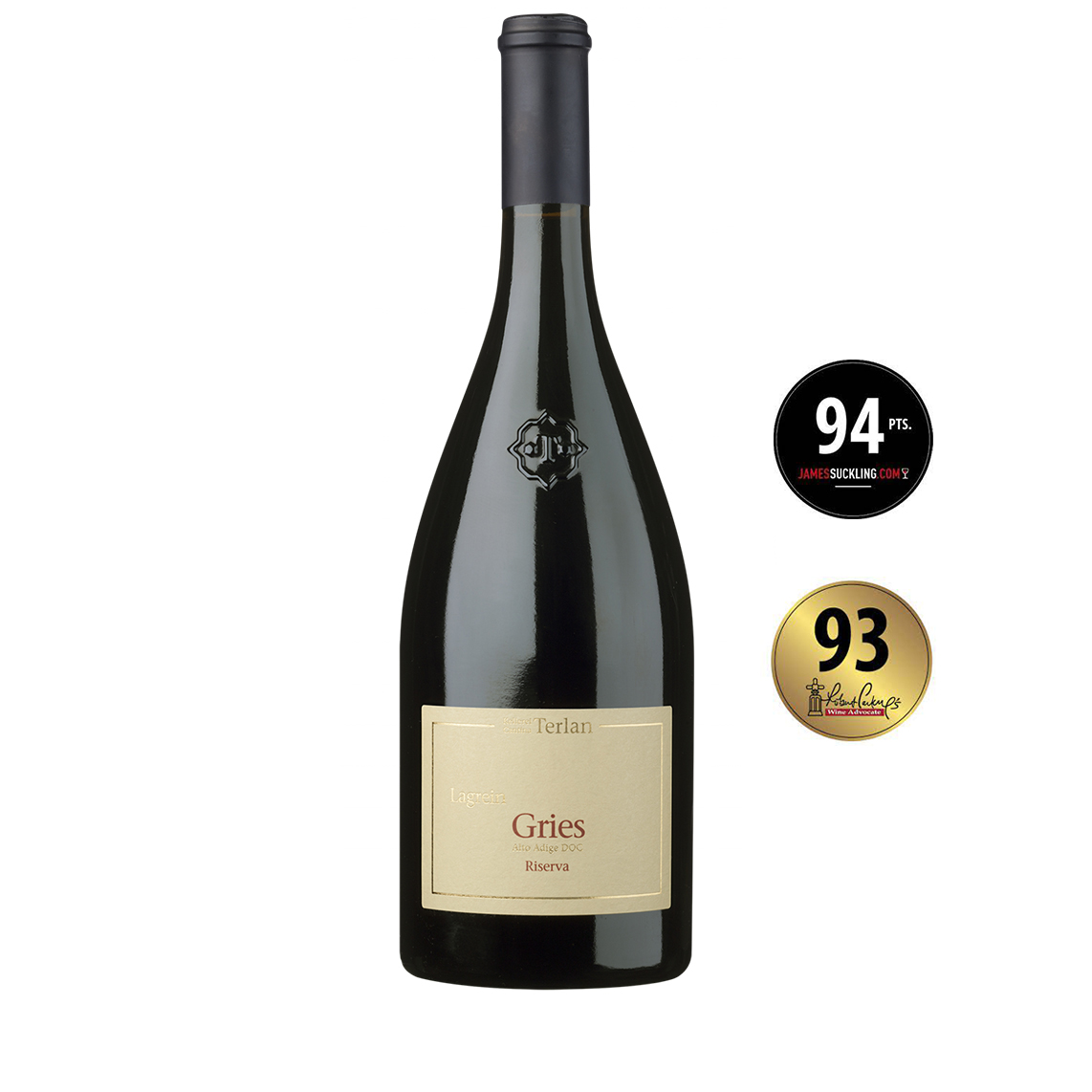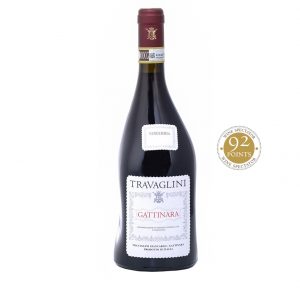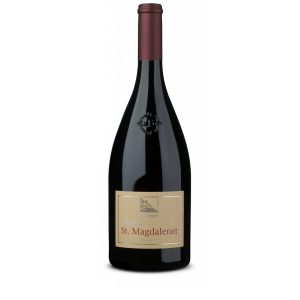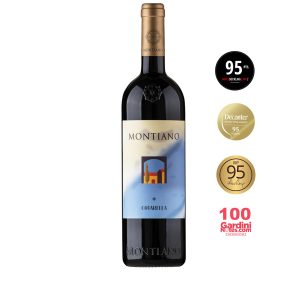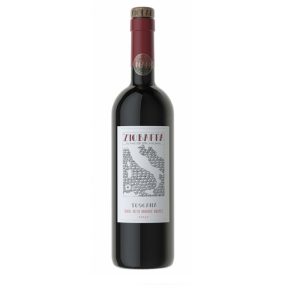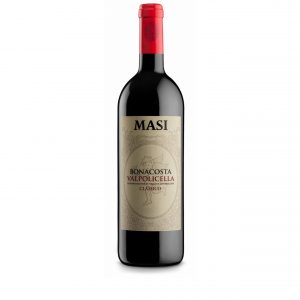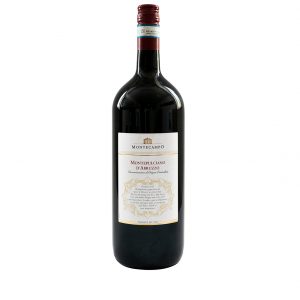Description
Cantina Terlano Gries Lagrein Riserva
Cantina Terlano website – click here
Wine
Provenance: Trentino Alto Adige – Italy
DOC Denomination: Alto Adige
Variety: 100 % Lagrein
Vintage: 2018
Yield: 56 hl/ha
Orientation: South – Southwest
Slope: 0 – 5 %
Altitude: 250 m a. s. l.
Vinification
Manual harvest and selection of the grapes; destemming followed by slow must fermentation at a controlled temperature and gentle agitation of the must in stainless steel tanks; malolactic fermentation and aging for 12 months partly in big wooden barrels (50%) and partly in barriques using one third new barrels (50%); blending three months before bottling.
Technical data
- Alcohol content: 13,5 % vol
- Residual sugar: 2,1 g/l
- Total acidity: 5,1 g/l
Suggested glass

Bordeaux glass
Serving temperature: 16 – 18 °C
Simple pairings
Combines well with roast chamois with root vegetables and with veal cheeks braised in Lagrein and served with root vegetables.
Wine description
Color: deep ruby to garnet red with a delicate shimmer of violet
Smell: The aroma reveals earthy, minerally notes masterfully underpinned with fruit components, with morello cherry, dark chocolate and plum jam dominating.
Taste: These spicy and yet velvety fruit notes also intrigue the palate, where this Lagrein Riserva presents itself with multilayered opulence and great complexity.
Vintage
2018 could be defined as “extreme” – from a meteorological point of view – because it was characterized by a snowy winter and a rainy March, conditions that allowed an excellent water supply for the vines. Due to cooler temperatures in early spring, new shoots on the vines appeared in mid-April, later than the previous year. However, the continuation of the season was marked by an almost summery climate, alternating with heavy rainfall, which ensured rapid phenological development of the vines- first inflorescences started blossoming at the end of May.
A hot June ended with a strong hailstorm, causing damage in some of our vineyards. Damage that our producers promptly repaired with great diligence and commitment. The months of July and August were characterized by a great heatwave without precipitation, interrupted by heavy rains in early September. As in 2017, the harvest began on 22 August. Overall, the vintage is satisfactory both in terms of quantity and quality of the wines produced.
Aging
Cool storage at constant temperatures, high level of humidity and as little light as possible
Cellar temperature: 10 – 15 °C
Good ageing potential > 5 years
Soil
- The quartz porphyry bedrock is of volcanic origin.
- The light, sandy-loamy soils are the foundation for naturally limited yields.
- The soils have a 55-60% quartz content and a slightly acidic pH.
- The minerally and distinctive wines are highly prized for their outstanding longevity.
Soil samples taken from three different sites have revealed the presence of a subvolcanic body around Terlano, which differs in composition from the classic volcanic rock. The skeletal sandy loamy soils have a high quartz content. The absence of calcium carbonate explains the slightly acid pH values. These factors result in a high permeability to water, a limited nutrient supply and thus balanced growth with naturally limited yields. Exceptional soil conditions influence the terroir of Terlano, where the vines have developed a specific reaction to micro-stress and produce their own terroir-specific polyphenols, which give the Terlano wines their distinctive character. The result is particularly salty wines with great tension and depth. The special mix of crystals and minerals in the Terlano soils produces white wines whose unique longevity never fails to impress the world’s wine gurus.
Climate
The high peaks of the main Alpine chain protect South Tyrol from the Atlantic winds and cold northerlies, while the region benefits from the Mediterranean climate from the south. Terlano has a remarkable microclimate, with pronounced differences in temperature between day and night caused by the cool downslope winds from the mountains.
To the south, a number of mountain massifs like the Adamello also have a protective function. As a result, annual precipitation is only about one-third of the average for the southern Alpine foothills, and the number of hours of sunshine is higher. The climatic conditions are not unlike those to be found in wine-growing areas like the Swiss Canton Valais.
When the sun rises behind the mountains east of Terlano on one of the year’s 300 sunny days, it is already high in the sky as the wine-growing area has a westerly to southwesterly exposure. The lower atmospheric density permits more direct solar irradiation with less diffuse sunlight. That increases the difference between the slopes on the sunny and shady sides of the valley.
Microclimate in Terlano
Continental climate (Cfa Köppen-Geiger)
Annual sunshine hours: ø 2135
Maximum temperatures: 38,2 °C
Average temperatures: 12,9 °C
Minimum temperatures: -10,7°C
Annual precipitation: ø 600 – 700 mm
Average global radiation: 150,1 W/m²
Winds
North foehn: cool and dry down-slope wind
Ora: valley wind system from the south, bringing in air from the Po Valley
